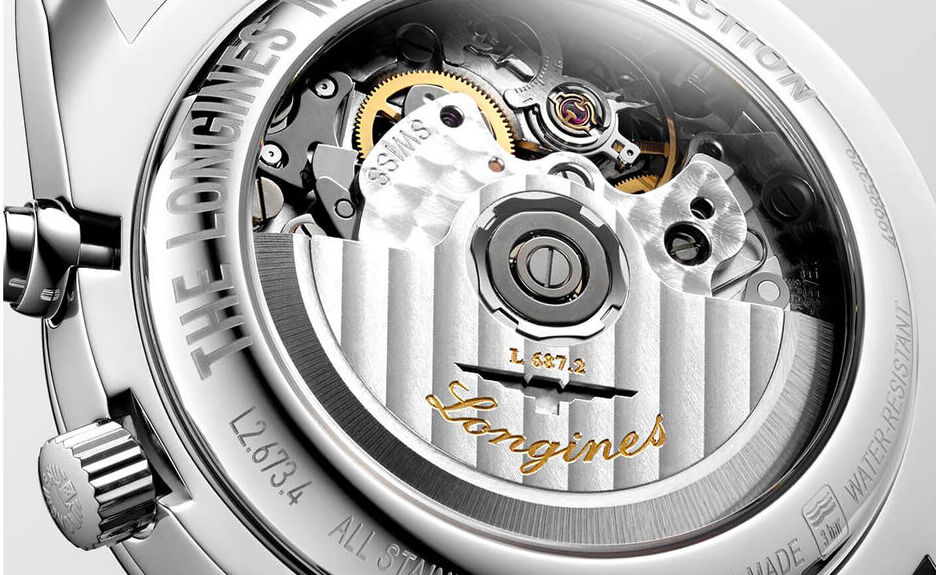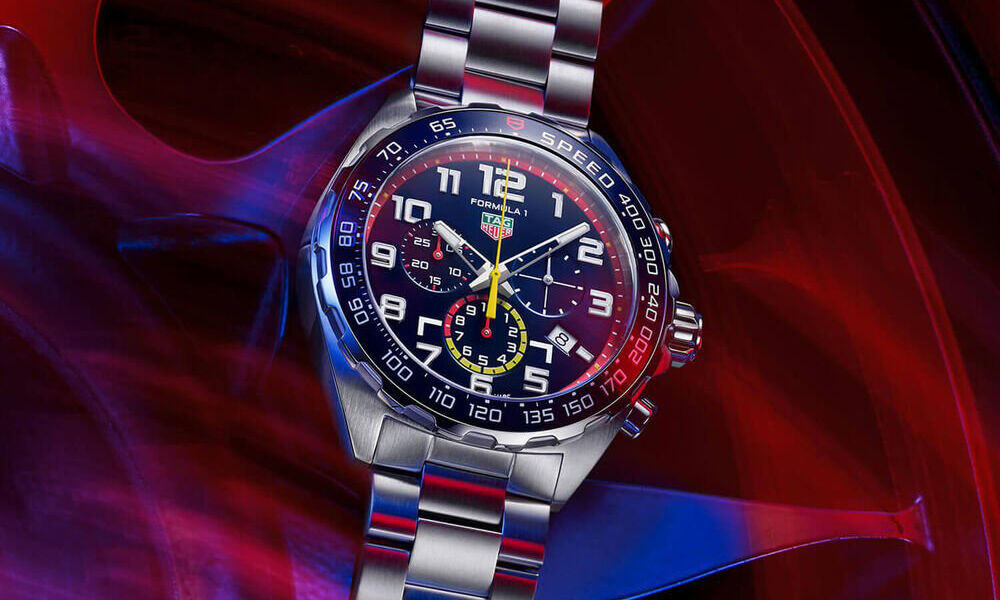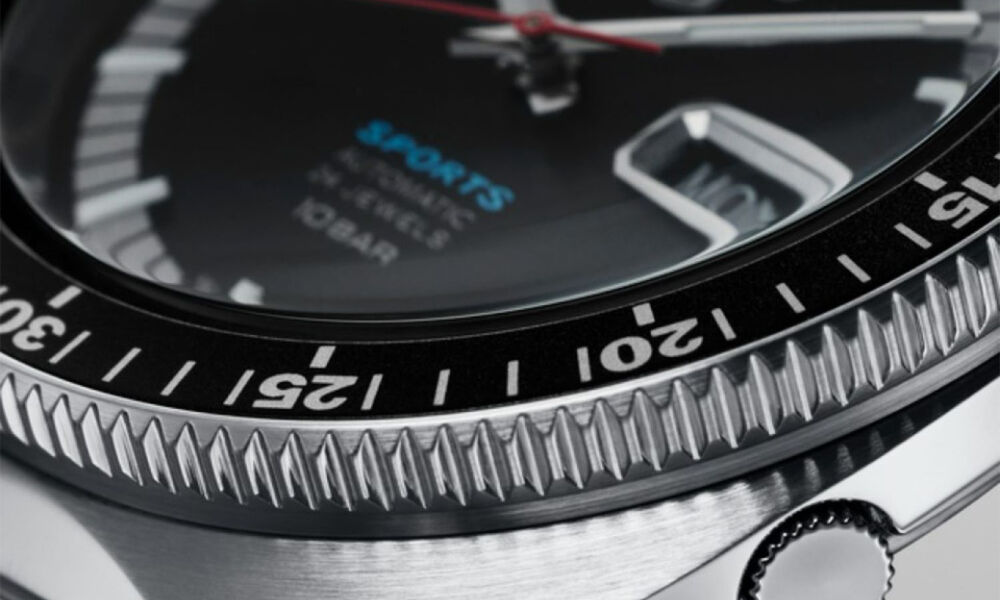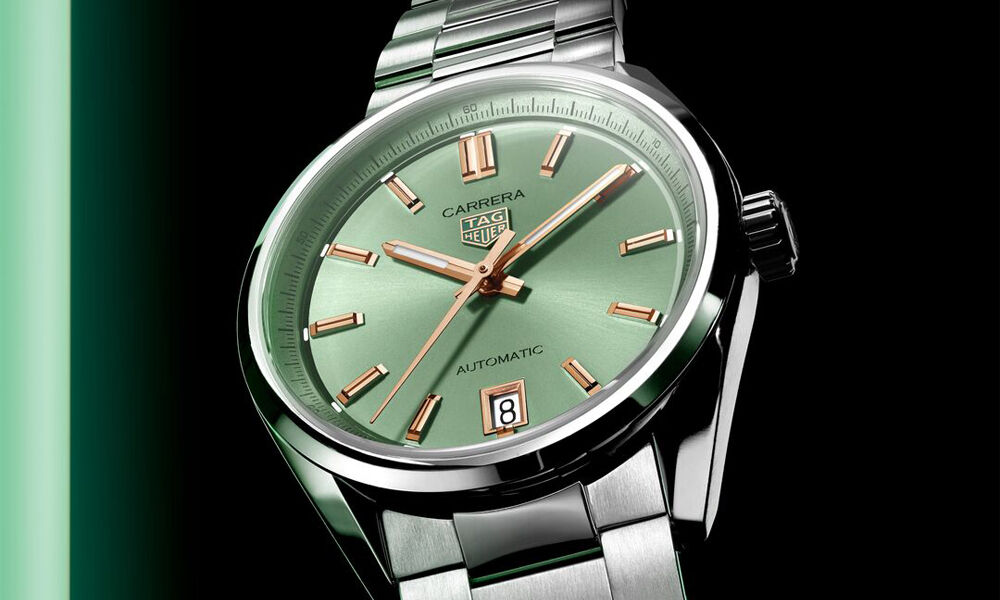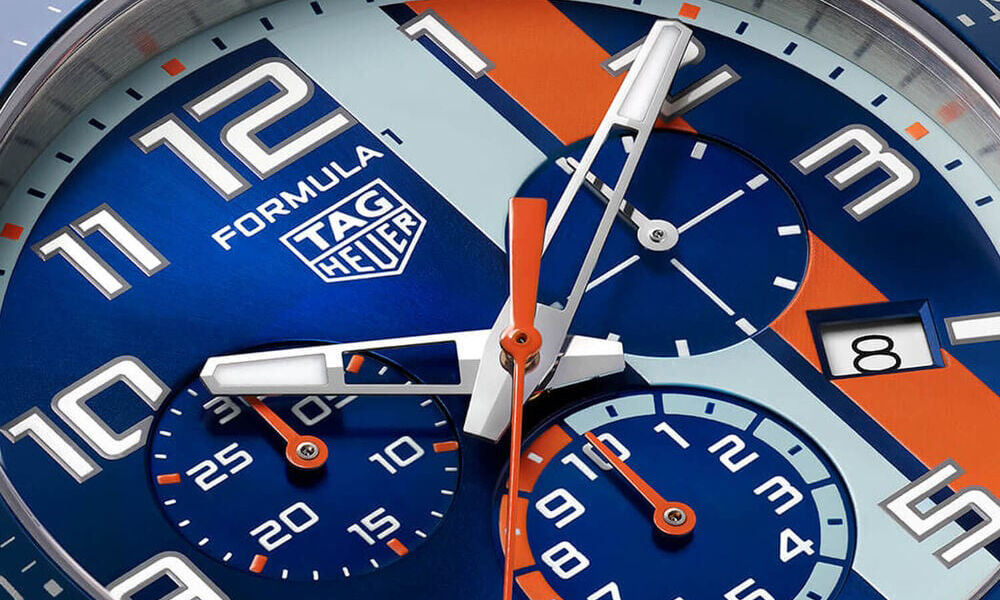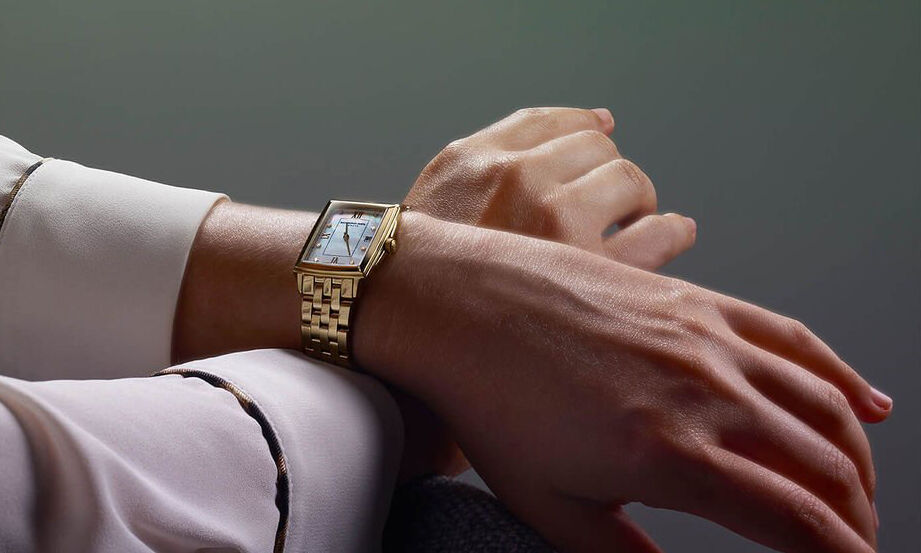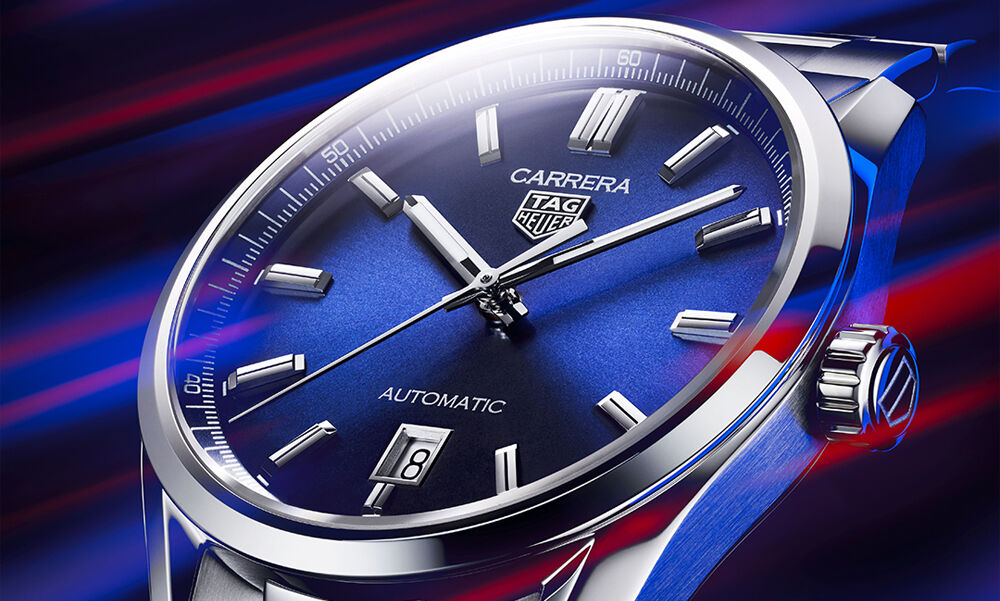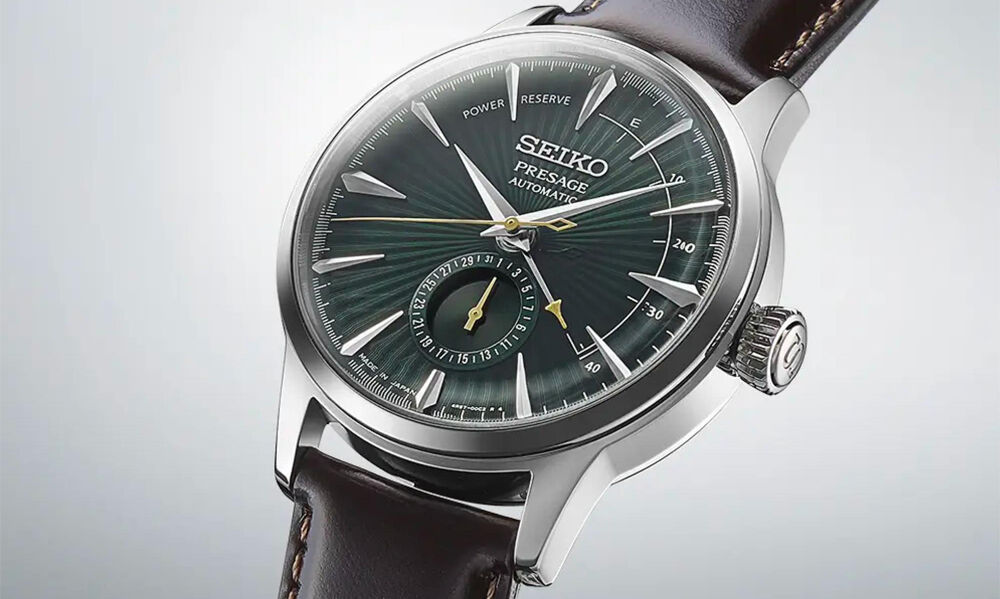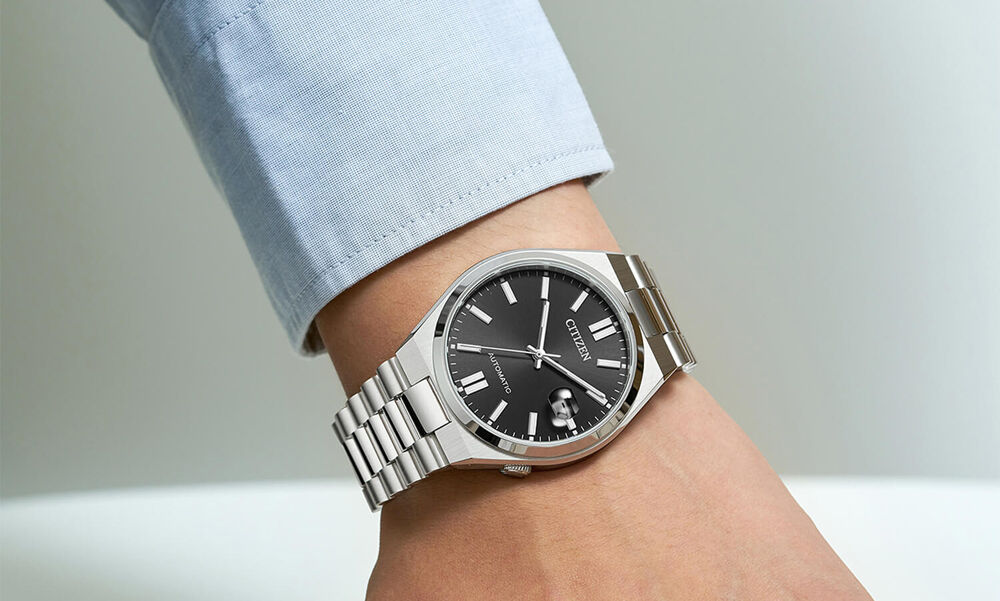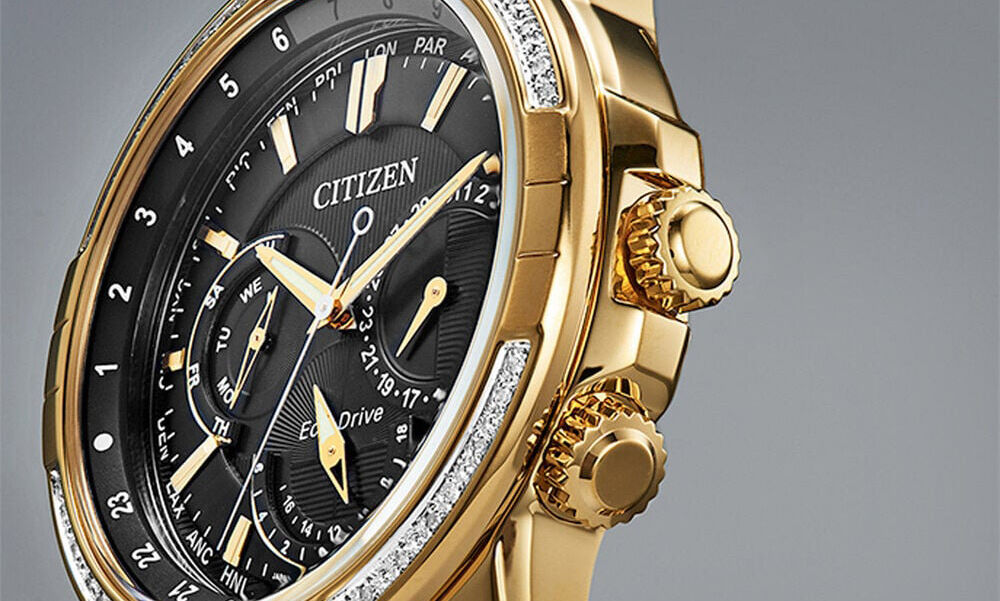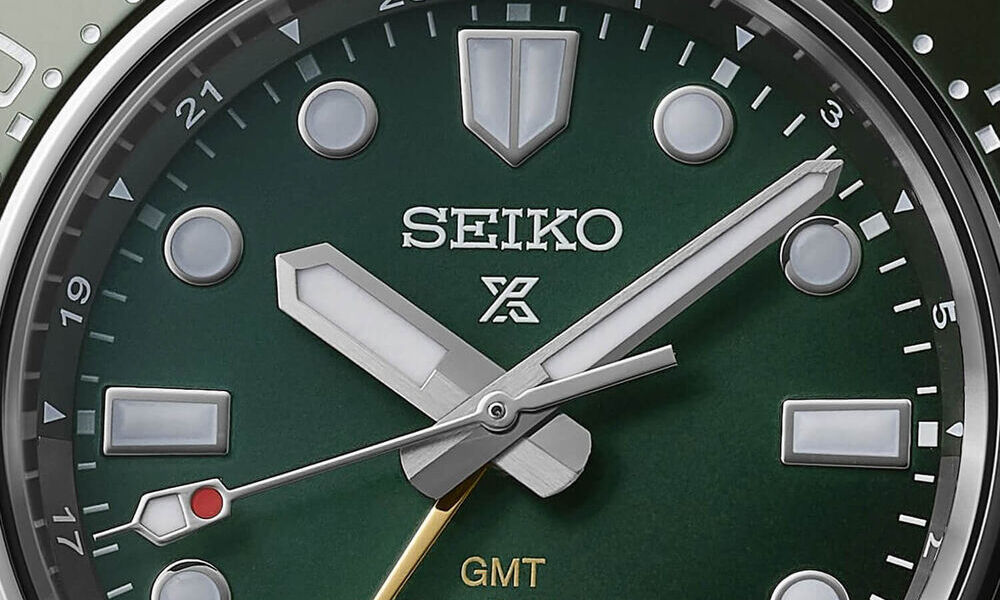The World of Watch Movements: Quartz, Automatic, and Manual
WHAT IS A WATCH MOVEMENT?
A watch movement is often referred to as the "heart" or "engine" of a timepiece, and rightfully so, for it is the very mechanism that enables a watch to function seamlessly. Comprising a myriad of intricate components such as gears, springs, and other mechanical or electronic parts, a watch movement works in perfect harmony to measure and display time with utmost accuracy.
WHAT ARE THE DIFFERENT TYPES OF WATCH MOVEMENTS?
Within the realm of watch movements, three primary types take centre stage: manual, quartz, and automatic. Both manual and automatic movements are mechanical in nature, operating solely through mechanical components. On the other hand, watches boasting a quartz movement integrate an electrical circuit and rely on a battery for their power, though they may also incorporate some mechanical elements.
IDENTIFYING WATCH MOVEMENTS
Distinguishing between a quartz and mechanical movement can be effortlessly achieved by observing the motion of the watch's hands. If you find yourself unsure about your watch's movement type, simply observe the second hand's motion. A ticking motion that proceeds in individual ticks indicates a quartz watch movement, while a smooth, sweeping motion signifies a mechanical watch movement. Understanding this difference in energy transfer within the watch's mechanics allows you to appreciate how each type influences its timekeeping abilities. Ultimately, your preference for how you want your watch to tell time will play a crucial role, with unique advantages to consider for each movement type.
MECHANICAL WATCH MOVEMENT
Powered by winding a crown, a mechanical watch movement transfers energy to the mainspring, which fuels its operation. The wearer is responsible for manually winding the watch at regular intervals to maintain its smooth functioning. Whether you opt for automatic or manual winding, these movements offer a sense of tradition and heritage. From the enchanting sweep of the seconds hand to the delicate ticking sound, a manual watch movement stands as one of the oldest and most classic offerings. If you value a traditional charm and a profound connection to the art of timekeeping, a manual watch is the perfect choice, as it will keep ticking as long as you wind it.
QUARTZ WATCH MOVEMENT
Drawing its power from a quartz crystal, this movement ensures highly accurate timekeeping, with each pulse transmitted at a precise rate of one per second. Widely favoured by watch enthusiasts, quartz movements are lauded for their low maintenance requirements and impressive battery longevity, providing a hassle-free experience. Additionally, these movements cater to various tastes, boasting sleek and stylish appearances that suit both classic and modern watch designs.
HOW LONG DO QUARTZ MOVEMENTS LAST?
When it comes to reliability and durability, quartz movements stand strong. On average, these watch movements can last anywhere between 10 to 20 years, depending on the quality and care they receive. Regular maintenance, such as battery replacements and servicing, can extend their lifespan even further. However, it's essential to bear in mind that external factors such as water damage or accidental drops may impact their longevity. So, if you seek a reliable timepiece with accurate timekeeping for years to come, quartz movements present an excellent choice.
WHAT IS AN AUTOMATIC WATCH MOVEMENT?
Automatic movements are a marvel of engineering, featuring a rotor that gracefully rotates with the motion of the wearer's arm. This captivating mechanism transfers energy to the mainspring, rendering manual winding unnecessary. The self-winding motion of an automatic watch not only showcases precision but also epitomizes artistry. These timepieces transcend mere functionality; they are living works of art that make a powerful statement about the wearer's appreciation for tradition and craftsmanship. So, the next time you fasten an automatic watch to your wrist, take a moment to marvel at the beauty of its movements and the rich legacy it carries.
THE RESILIENCE OF AN AUTOMATIC WATCH WITHOUT MOVEMENT
If you ever find yourself not wearing your automatic watch for a period, fret not. A fully wound automatic watch typically boasts an impressive power reserve, lasting anywhere from 24 to 48 hours without any additional movement. Of course, the exact duration may vary based on the watch model and its specific power reserve capacity. Should you plan to store your beloved automatic watch for an extended interval, investing in a watch winder can ensure it remains perfectly poised and ready for action when you decide to adorn it once again.
THE TIMELESS DEBATE: MANUAL WINDING VS. AUTOMATIC MOVEMENTS
In the realm of watch movements, the perennial debate between manual winding and automatic movements remains a topic of fascination. While automatic watch movements offer the convenience of self-winding through the wearer's wrist motion, there's an inherent allure to manual winding. Embracing manual winding fosters a more intimate connection with your timepiece, as you take the time to wind it personally.
Furthermore, manual winding movements tend to exhibit a slimmer and more elegant profile, making them a preferred choice for dress watches. Although automatic movements may boast practicality for everyday wear, the charm and traditional essence of manual winding resonate deeply with watch enthusiasts. Ultimately, the choice between manual winding and automatic movements is a matter of personal preference and the intended usage of the watch.
SOLAR POWERED MOVEMENTS
As a sustainable and innovative choice, solar-powered watches are reshaping the watch industry with reduced carbon footprints. Solar movements harness the power of light as a renewable energy source, eliminating the need for manual recharging. A perfect alternative for environmental enthusiasts, these timepieces align style with conscientiousness.
PICKING THE BEST WATCH MOVEMENT FOR YOU
Determining the best watch movement is an eternal subject of discussion, as it ultimately boils down to individual preferences and specific needs. Regardless of the watch movement you seek, our collection of watches boasts an array of choices to accommodate your unique timekeeping desires.
Should you be in search of a particular brand, style, or design, we invite you to explore our wide range of luxury watches to find your perfect wristwear companion.

